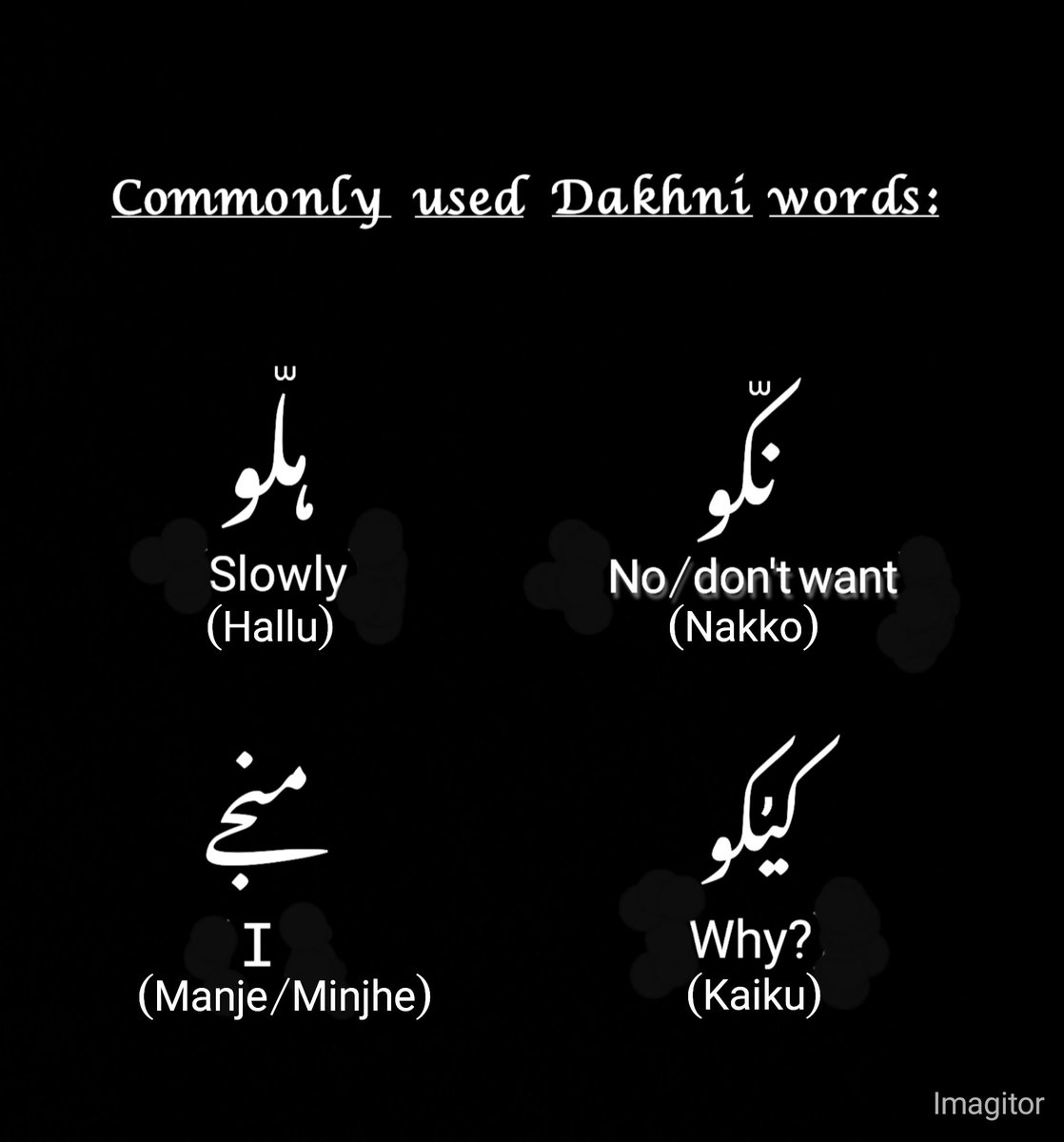#Hyderabad #History

Both Dakhni and modern Urdu have roots in Dehalvi (also known as Old Urdu), which existed in Delhi about a 100 years before it reached the Deccan areas in the 14th century through conquests of the Deccan by Mohd Bin Tughlaq.
Sufis had used Dehalvi freely, but that spoken idiom was unestablished.
Article by @SandalBurn will help provide some context, about the language.




